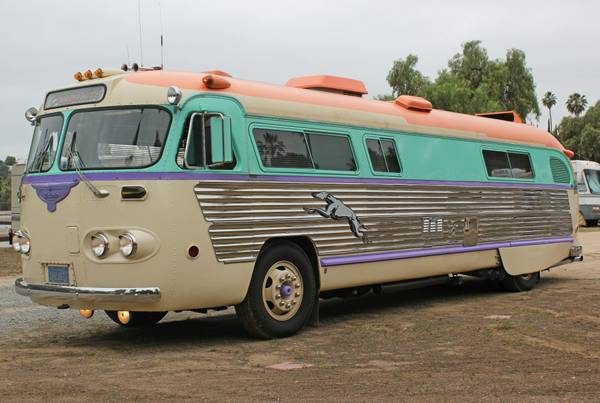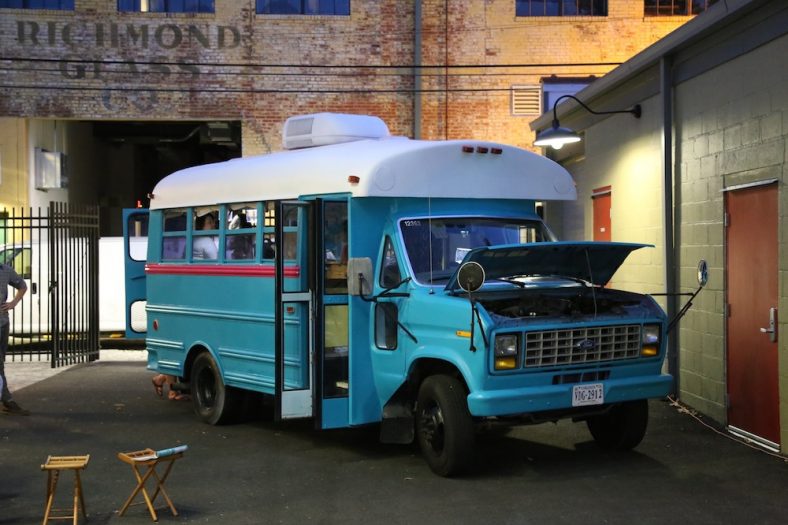Exploring the great outdoors in a recreational vehicle is what every travel aficionado longs for. They love to see the countryside, fish by a picturesque lake or simply enjoy nature in their RV. But if you do not have the budget to buy a brand-new motor home, but would like to travel in a sophisticated vehicle, invest in an affordable bus conversion for sale. Converting a school bus to an RV would cost you a few thousand dollars unlike a prohibitively priced Class A or Class B rig. Bus conversions will include a bedroom, kitchen and bathroom. There are many RV selling companies that provide bus conversion services, but you need to consider some of the things before you make the purchase. Here are eight of the most important things to remember:

1. Choose the Right Bus: Many travel enthusiasts opt for old school buses. That’s because these are spacious, and can be converted into a home-on-wheels easily. If you invest in a bus that is lately not in use, you are more likely to find it well-maintained and frequently serviced. When you are looking for a bus conversion, pick a vehicle that has a good engine and without any serious damage. A minor scratch or rust is not much of a concern, but avoid purchasing a vehicle with multiple holes, dents or significant rust. You can even consider a Greyhound bus, which is more spacious than a normal school bus. And, if you are lucky, expect to get one with the electricity, plumbing and additional insulation. All you need is a little revamp of the interior.
Select from school buses that are the most economical. You will also find different sizes of these buses. Look for a coach if you are willing to spend more. Coaches are wider than school buses, and with additional storage-space below. Transit buses, on the contrary, are available in varied lengths but with little storage.
2. Have a Clear Idea about the RV’s Interior: When you are walking into the dealer’s lot, tell him what design you want in the RV’s interior. If you are looking for a pre-converted bus, take a look at what’s already inside. If you do not like the interior design, request to make a few alterations based on your requirements. Provide the dealer with a floor plan so that he can procure a vehicle that matches the one you are looking for. Tell him how you wantthe seating area to look. Talk to him about the interior design of your bedroom, kitchen, bathroom and living room with a TV console and shelves. Think rationally where you would like to install the propane tank, light fixtures and plumbing.
3. Consider Insulation and Framing: Framing is essential to segregate the different areas of your motor home such as the living area, bedroom and kitchen. You also need to figure out whether most of the windows of the school bus or coach are properly covered up or not. The interior of the vehicle should look like a rig and not a bus. The best way to do this is opting for paneling. Make sure that the insulation is done properly under or below the paneling to make the RV interior more comfortable and temperature-controlled.
4. Choose the Right Color for the RV Exterior: No one would look the bright yellow school bus color on his rig’s exterior, especially when you have converted it from a school bus. Therefore, ask your dealer to help you choose the right color for the RV exterior. Don’t pick odd colors because many of the RV campgrounds doesn’t let weird-looking converted school buses parked at their sites.
5. Ensure that the Plumbing is Right: Bus conversions generally do not have indoor plumbing as your house does. However, most motor homes come with dump tanks below them. Make sure that your vehicle has a big plastic tank installed under it to function as a dump tank. Look whether all pipes drain into the tank. Most of the campsites have proper dump tank stations so that RV-ers can empty their vehicle’s tanks.
6. Fuel Type and Engine: You can opt for diesel so that you can switch to vegetable oil fuel in the future. Choosing diesel fuel is also beneficial because it has more fuel efficiency than gas. Your goal is to improve engine power and its efficiency on a cross-country trip or when driving your vehicle through rough terrain. Diesel ensures that you get the most out of your motor home’s fuel consumption.
Be careful about choosing the engine. A rear-engine bus may be aesthetically pleasing, but you may end up losing quite an amount of space. Choose a front engine bus if you want more space at the back. You can use the area to place a large bed with more storage space for clothing and play area for your kids.
7. Don’t Forget Furniture and Shelves: Before you plop the money down for a bus conversion, look whether there are enough cabinets and shelves. You will require more of these in your motor home kitchen. More shelves mean more storage space and hence, more convenience. As far as RV furniture is concerned, make sure that they are properly bolted down. Remember that you’ll be traveling in a moving rig. You don’t expect your sofa, bed, nightstands or dining tables to be shifting around while you are behind the wheels.
8. Choose between Manual and Automatic Transmission: When it comes to choosing transmission, you need to decide between the automatic and manual options. If you know how to operate a manual transmission, you can opt for the same. However, for a smoother and more convenient RV driving experience, there is nothing like automatic transmission.
Invest in a bus conversion for sale that meets your traveling needs. Choose the right type of bus that offers more space and helps you travel comfortably with your friends or family. Keep these factors in mind and listen to your heart. Go for your newest travel buddy and embrace a life of adventure.

